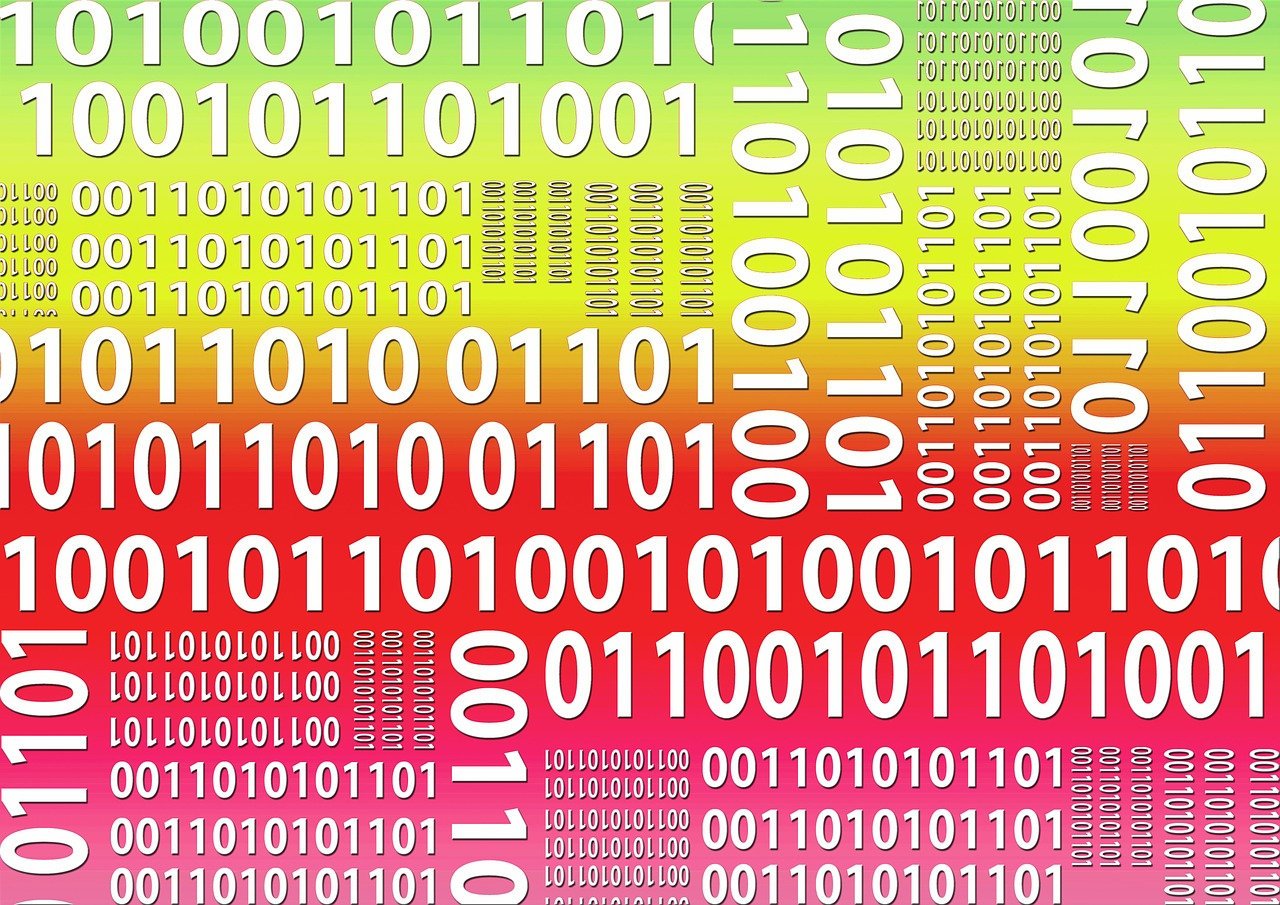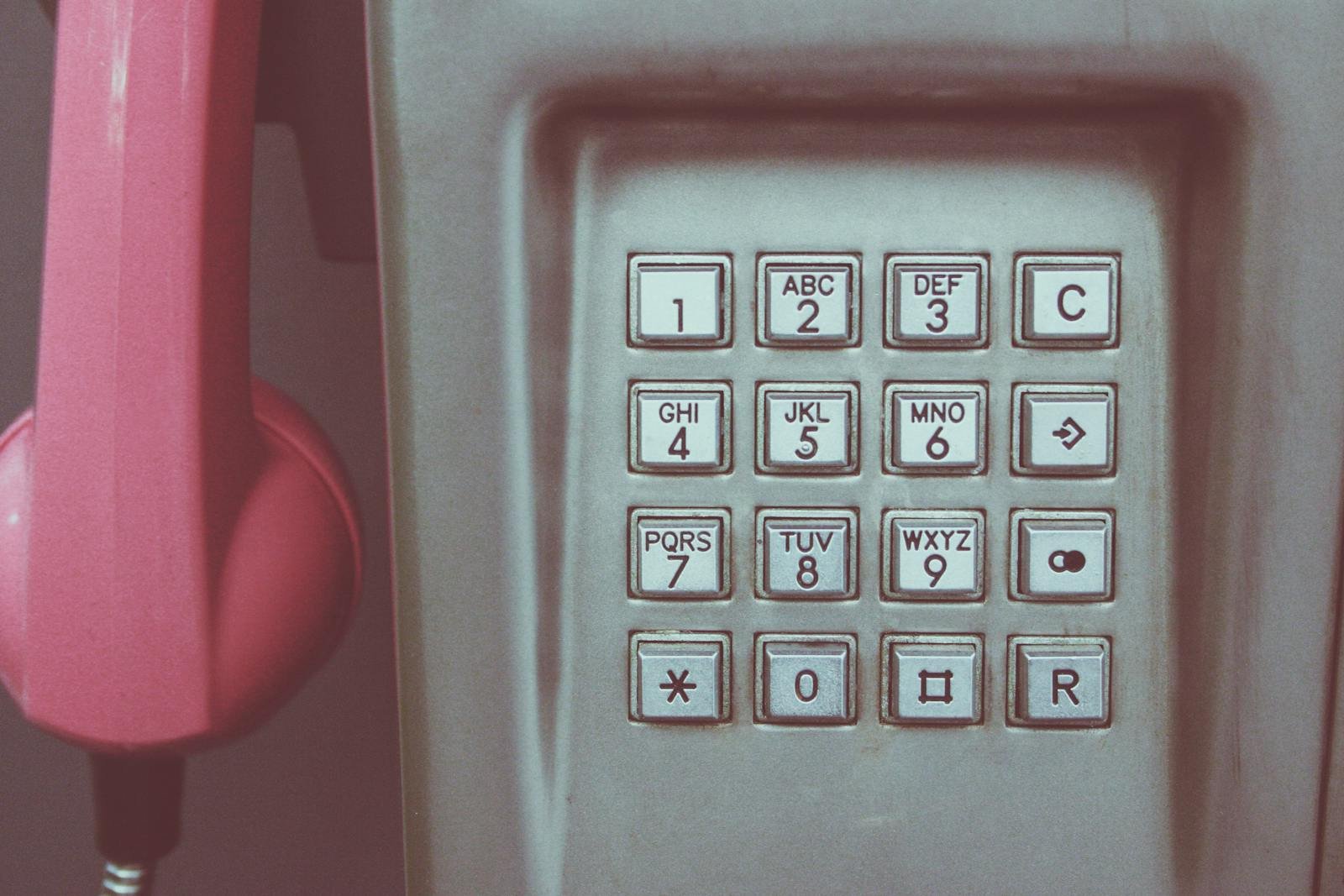3381012544
Have you ever come across a number that simply does not disappear, regardless of whether it appears on your phone’s call log, in messages, or in your applications? If so, you’re not the only one. The number 3381012544 is a viral mystery, capturing attention and imagination due to its confusing and conspiratorial digital trail.
This number suspiciously bounces back into forums and apps, and its authenticated link to Italian cellular networks unexpectedly elevates it from a commonplace digit to something of a contemporary riddle. Could it simply be an unused SIM number from Telecom Italia Mobile (TIM), or might there be additional details to consider?
Weaponizing all forms of understanding—technical, sociocultural, and speculative—let’s unearth this mystery.
Understanding 3381012544
3381012544 may appear as a random mobile number. People begin to pay attention when it continues to intrude, especially when its name pops up in the conversations revolving around technology, security, and cryptic texts.
The pattern resembles an Italian mobile phone number, and it does make sense since Italy’s mobile numbers tend to start with a “3.” Structure-wise, the 338 prefix is allocated to TIM, one of the mobile provider’s market leaders in Italy.
Regardless, this simple categorization does not respond to the more important issue that captures the most attention: why is this number appearing and reappearing across the Internet in completely unrelated contexts?
Is 3381012544 an Italian phone number?
Indeed, and here is the evidence.
In Italy, mobile numbers follow a pattern where the first digits indicate the operator. Telecom Italia Mobile (TIM) stands out in Italy’s telecommunication landscape due to its assignment of prefix 338.
So, from a structural perspective, 3381012544 is considered a valid and registered mobile number. It’s both formatted and real. It can send and receive texts and calls, adding to its mystery.
Telecommunication Insight
Such digits can assist with anything from casual to professional databases. The use of mobile numbers aids in user or service categorization. Large-scale systems, for instance, allocate certain numbers for testing, internal message routing, or other similar purposes.
Could 3381012544 be one of these erroneously revealed hidden numbers?
Initial Sightings of 3381012544
This figure initially created interest on Italian forums where users documented:
- Unanswered phone calls with no messages left.
- The application call history cites the number.
- Text message records absent of any previous engagement (inactive engagements).
- User registries indicating the number was used as a dummy account.
The earliest mention dates back to a forum in 2021, but its visibility has grown significantly since 2023.
Digital Footprint of 3381012544
On the Italian subreddit r/Italy and the conspiratorial r/conspiracy subreddit, users postulate about the number’s origins. It has also been reported that on Telegram and WhatsApp this number has been associated with
- Automated accounts.
- Both accounts.
- Beta app downloads.
- • They were unaware of it.
The online presence of the number 3381012544 is sufficient to warrant further scrutiny, but it falls short of providing clear explanations.
Cultural Interpretations
As an example, in Italy , 13 is considered a superstitious number. The same goes for other countries where numerical sequences have been interpreted as signs, secret codes, or bad omens.
Is there a chance that 3381012544 is as significant in other cultures as it is in Italy? Possibly.
Why Numbers Like 3381012544 Gain Fame
What could be the reason humans are fixating on something like this? The response sits with the brain’s cognitive proclivity to recognize patterns. For example, being exposed to a certain number multiple times, even if it is in entirely different contexts, will always make people try to find meaning in it. This phenomenon, known as apophenia, involves individuals deriving meaning from complex randomness.
Just like well-known instances of the viral puzzles or the enigmatic radio signals, 3381012544 has been part of internet folklore precisely because of this. The tendency does not need to be real; all it needs is to be around for longer than expected.
Speculative Interpretations
Certain internet forums believe that the number 3381012544 could be associated with an alternate reality game (ARG), sleeper marketing, or social engineering. Meanwhile, some argue that it was an accident—perhaps a number that was input into primitive system frameworks and copied into various newer programs over time.
Factual data has not substantiated such efforts, despite their intriguing nature. Regardless, these arguments illustrate how powerful repetition and vagueness can be.
Digital Theories and Developer Insights
Tank’s numbers, like 3381012544, may get incorporated as default test data for software. If artifacts like these are peeled off when systems are built quickly or expanded without proper cleansing, these remain unchecked in the wild.
This aligns with the phenomenon where test emails such as “test@sample.com” or admin usernames show up in demo databases. 3381012544 may have used to be a number in a simulated training dataset, but it has now spread to unintended locations.
How 3381012544 Shows Up in Business Systems
Multilevel logistics, CRM systems, and electronic marketplaces frequently create custom identifiers for references, tickets, receipts, and contacts. 3381012544 could have feasibly been generated in that manner and later copy-pasted across integrations or saved in different systems.
This in itself doesn’t create a mystery—but when users start spotting the same number in different places, the trend becomes impossible to overlook. Every business system encounters numerous unexplained oddities, but this particular one seems to have garnered significant attention.
Signs that the Number Might Be AI-Related
- Contiguous with automated behavior captured in app logs and during testing, within training and deployment instances of AI systems.
- Corresponds with particular patterns present in labeled datasets.
- Open without reference to individual users or commercial entities.
- Occasionally, AI-generated outputs or text undergo human-like evaluation.
- Absence of subsequent social exchanges indicates the origin was not a person.
Legal and Regulatory Implications
European regulations, like the GDPR, impose heavy fines for the misuse or exposure of private numbers within public systems. Should 3381012544 ever be associated with an actual person, having it in public datasets could raise compliance issues, given the datasets’ multimillion-user nature.
In Italy, telecom regulators may not pay attention to a number like this unless it’s associated with spam or fraud. However, rampant anonymous exploitation of an individual’s data could create significant issues.
Final Analysis of the Phenomenon
Most likely, 3381012544 is a number stuck in the peculiar world of digital redundancy. Its repetition is unlikely to hint at anything deep or nefarious, but it does serve as a reminder of the unpredictability inherent within the technologies we employ. A single digit embedded in one tool can traverse far beyond its assigned boundaries, particularly within this age of data scraping, API sharing, and interconnected systems.
Despite all logic provided, the mystery still exists. Perhaps the mystery lies not in the number itself, but in the human tendency to imbue the unremarkable with significance. In that light, 3381012544 has done something incredible, which is to make the unremarkable internet stop and wonder, “What if?”
Frequently Asked Questions About 3381012544
Is 3381012544 a genuine number?
Indeed, it functions as a legitimate mobile number in Italy and is associated with Telecom Italia Mobile (TIM) services.
Why do different people have such mobile numbers on different web applications?
Different phone apps might use such a number as a filler or dummy data during the testing phase of application development.
Is this number related to any scam or fraudulent activities?
There is no substantial proof of 3381012544 being used in any scamming activities; however, it is advisable that users report this number if fraudulent activities are suspected.
Can it be AI-generated?
It is possible that the number was included in an AI dataset or some automated system output in number-generating software.
What do people hear when they dial the number?
Most people do not receive a response or voicemail. The number behaves as a void or automated number.
Why is there so much speculation surrounding this number?
Due to its repetitive exposure and the enigma shrouded around it, this has generated a lot of buzz, which naturally people are drawn to.










